Constipation is one of the most reported side effects of ketogenic eating. The good news is that there are plenty of high-fiber keto foods that can help relieve constipation and get things moving again. Here, we’ll cover some tips and hacks you’ll need to know about keto fiber!
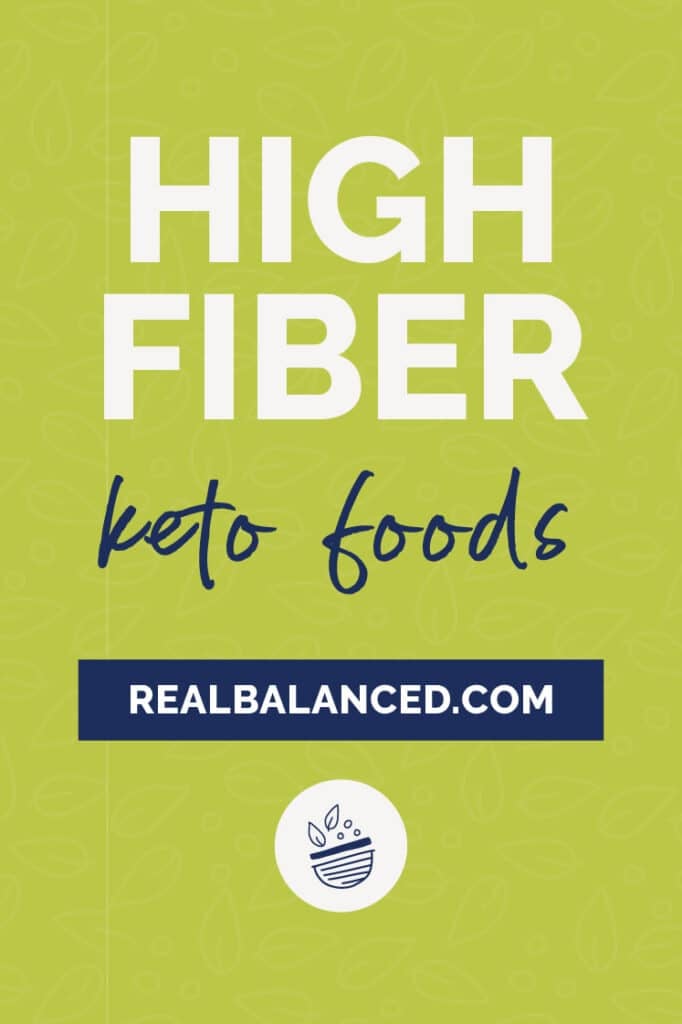
As an Amazon Associate, I earn from qualifying purchases.
✨ Keto fiber: What’s that?
If you’ve been keto dieting for a while, you may have noticed that constipation is a common side effect. This is because a keto diet can deplete your body of fiber, which is essential for keeping things moving smoothly through the digestive system.
While supplements can help replenish your fiber intake, it’s also important to make sure you’re getting enough high-fiber keto foods in your diet.
In today’s post, we’ll share some of the best keto fiber foods that can help relieve constipation and get things moving again!
➡️ What is fiber?
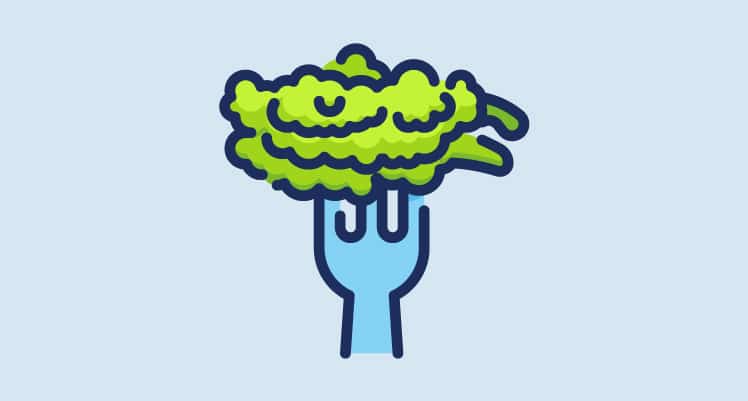
Remember the food pyramid we learned in grade school? The very bottom showed a loaf of bread and grains of rice. We were taught that our bodies need fiber from whole grains.
So when people try to cut them out, they are naturally worried that they will be missing out on fiber that is essential for our bodies. It’s at the bottom of the pyramid, it must be important, right?
Not entirely! Yes, your body needs fiber, and yes, whole grains have fiber. But, you can get all the fiber you need when you eat low-carb fruits and vegetables. It all comes down to the TYPE of fiber you are consuming.
What does fiber do in our bodies?
Fiber can also be known as roughage. It’s the part of the foods that our bodies cannot break down. When we eat them, they pass through the body undigested.
This might sound strange – why would we want to eat something our body cannot digest? Well, it’s actually a good thing!
When fiber goes through our system like that, it keeps our intestines and everything cleaner and functioning better. It actually helps flush out cholesterol and harmful carcinogens.
There are two types of fiber found in food – insoluble and soluble.
Insoluble fiber
This type of fiber does not dissolve in water. It’s bulky and prevents constipation. As it mixes with water in your body, it creates a gel-like substance. This gel binds with cholesterol and helps to pass it out of your body. This is why insoluble fiber is known to lower cholesterol.
You’ll find this in whole grains, but it’s also really high in vegetables too.
Soluble fiber
Soluble fiber does dissolve in water. It sounds good because it helps control blood sugar levels, adds bulk to the stools, and helps people feel full for longer periods of time. This type of fiber is in:
- Beans
- Nuts
- Fruits
You’ll also find it in processed foods, labeled soluble corn fiber.
If you eat a ketogenic-friendly diet, it’s best to eat whole foods that are low in carbs. This means you will often be eating more insoluble fiber!
➕ Benefits of keto fiber
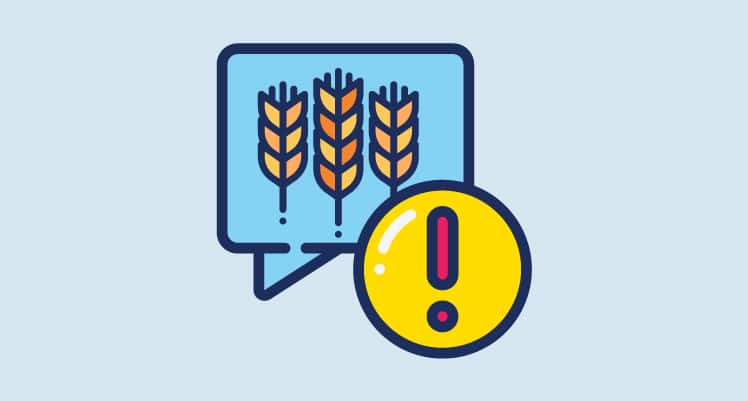
When it comes to eating fiber, people have a lot of questions.
Why do people focus so much on eating enough fiber?
Is fiber healthy on keto?
Yes, fiber is important, even when following a ketogenic diet! There are actually a lot of health benefits of fiber when following a low-carb diet – here’s a bit more information about why we still need to make sure we are eating enough of it.
1. Prevents disease
Studies indicate that eating a high-fiber diet lowers your risk of developing:
- Coronary heart disease
- Stroke
- Hypertension
- Diabetes
- Obesity
- Certain gastrointestinal diseases.
People who eat high-fiber diets are less likely to develop these diseases later in life.
This is why you’ll see “heart healthy” labels on boxes of oatmeal. While it’s true that whole grains can help you lower cholesterol, you can actually get these same benefits from broccoli!
2. Heart and blood sugar health
Fiber is important. It can lower your blood pressure and improve glycemia and insulin sensitivity – you just have to make sure that you are eating the correct kind. When you eat celery, for example, it doesn’t contain glucose or carbs, so your body doesn’t produce extra insulin when you eat it.
Eating high-fiber veggies can even help with weight loss. When you eat insoluble fiber from produce, your metabolism works more efficiently.
3. Gut health
Improved gut health and digestion are some of the best health benefits of keto fiber foods. Soluble fiber feeds the healthy bacteria in your gut, which helps it work more efficiently.
👍 The best kind of high fiber keto foods
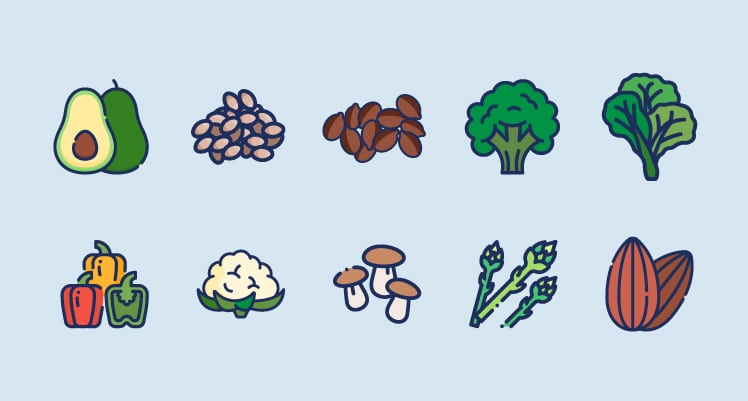
Now that you understand what fiber is and why we don’t need to eat whole grains to get enough of it, let’s look even closer at the best sources of fiber for people who follow a ketogenic diet.
As we now know, fiber is pretty critical in the keto diet. Chances are if you eat low-carb vegetables, you probably get adequate amounts of fiber…
Want to know which ones are the best? Read on and check out the high-fiber foods that will keep you in ketosis!
Avocados
Avocados are not only a high source of healthy fats, but they have lots of fiber too.
One avocado contains a little under 4 grams of net carbs and 13.5 grams of fiber.
Here are some of our favorite avocado recipes:
Chia seeds
Chia seeds are so easy to add to any recipe. You can bulk up your smoothies with them, sprinkle them on your breakfast hash, and even add them to your fat bombs!
One ounce of chia seeds has 10 grams fiber and 2 grams net carbs. In addition to fiber, they are also an excellent source of Omega-3 fatty acids, iron, and calcium.
A few of our favorite chia seeds recipes are:

Flax seeds
Flax seeds are another thing people love to add to smoothies and other meals. They are packed with nutrients like protein, magnesium, and B vitamins.
One tablespoon of ground flaxseeds contains nearly 2 grams of fiber.
Some of our favorite ways to prepare flax seeds are:

Broccoli
Broccoli is a popular veggie for keto dieters. It’s naturally low in carbs and really high in amazing nutrients.
It’s a great source of vitamin K, which helps regulate calcium levels. It also has lots of vitamin C for your immune system and potassium for your muscles.
There are 2.4 grams of fiber in every cup of chopped broccoli.
Here are our favorite ways to serve broccoli:
Collard greens
Collard greens are a staple of southern dishes. You can fry them or eat them raw. It’s a versatile superfood that has a rich, green color and is full of heart-healthy nutrients.
Collard greens have antioxidants that help to free your body of harmful free radicals. They’re also packed with vitamin A, vitamin C, and energizing B vitamins.
One cup of cooked collard greens has 8 grams of fiber.
You’ll find some collard green recipes in our round-up of 50 keto side dish ideas.
Bell peppers
Bell peppers come in a variety of colors, and they are so fun to cook with. It turns out they are also really good for you too!
All of them are loaded with immune-boosting vitamins C and E.
A one-cup serving of chopped bell peppers has 3.1 grams of fiber.
Here are our favorite bell pepper recipes:
Cauliflower
Just like broccoli, cauliflower is a cruciferous vegetable. It also contains cancer-fighting compounds.
Did you know it’s good for your brain too? That’s right! Cauliflower has choline which is essential for learning and memory.
In every cup of cauliflower, there are 3 grams of fiber.
Tip: Need some recipe ideas? We have 45 recipes that use cauliflower!
Mushrooms
The good news for mushroom-lovers – they are an excellent keto food choice.
There are so many health benefits of mushrooms. They have lots of potassium, vitamins C and B, and help improve your immune system. Mushrooms are also excellent sources of calcium.
A cup of diced raw portobello mushrooms has 1.3 grams of fiber.
Here are a few of our favorite mushroom recipes!
Asparagus
Another green vegetable that is really high in fiber is asparagus. Try to find ways to add this veggie to your meals; it’s really good for you.
It is one of the best sources of vitamin K – one cup has 46% of your daily value. It also has lots of folate in it, which is fantastic for pregnancy.
Half a cup of asparagus contains 1.8 grams of fiber.
Want a unique and yummy way to cook it? Try our bacon-wrapped maple parmesan asparagus bundles!
Almonds
I saved this for last because some people might be sensitive or allergic to them (like me!), but almonds are still a really great source of fiber and low in carbs.
Almonds have riboflavin, calcium, iron, copper, manganese, and vitamin E (among a whole list of other nutrients).
An ounce of almonds has 3.3 grams of fiber.
One of our favorite ways to enjoy almonds is with sugar-free almond butter because it is so rich and creamy. You can use it in these recipes:
💬 FAQ
How much fiber do adults and children need to eat?
The recommended daily fiber intake for children and adults is 14 g/1000 kcal. Both children and adults need the same amount of fiber.
How do you eat fiber on keto diet?
Eating raw vegetables and low-carb fruits is the best way to increase your fiber intake on keto. You can also buy keto fiber supplements if you are struggling to eat enough fruits and vegetables.
How can I get fiber without carbs?
Leafy greens are food types with the most fiber and lowest amount of carbs. Spinach, kale, and butter lettuce are all low-carb and high-fiber. Other fiber-rich foods include broccoli, zucchini, and cauliflower.
⚖️ Keto fiber in moderation
You’ll likely notice that when following a keto diet, your body doesn’t need as much fiber as it does when you eat a typical carb-filled diet. Your body won’t rely on fiber for glycemic control when you eat a low-carb diet.
If you are constipated, try to exercise more and drink more water. Going outside will give you more vitamin D, which can also help with bowel issues!
And, always talk to your doctor if you are having constipation or other gut issues.
More keto tips and inspiration
Keep focusing on your health. Here are some more keto resources that you’ll enjoy reading next:

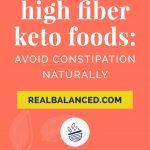


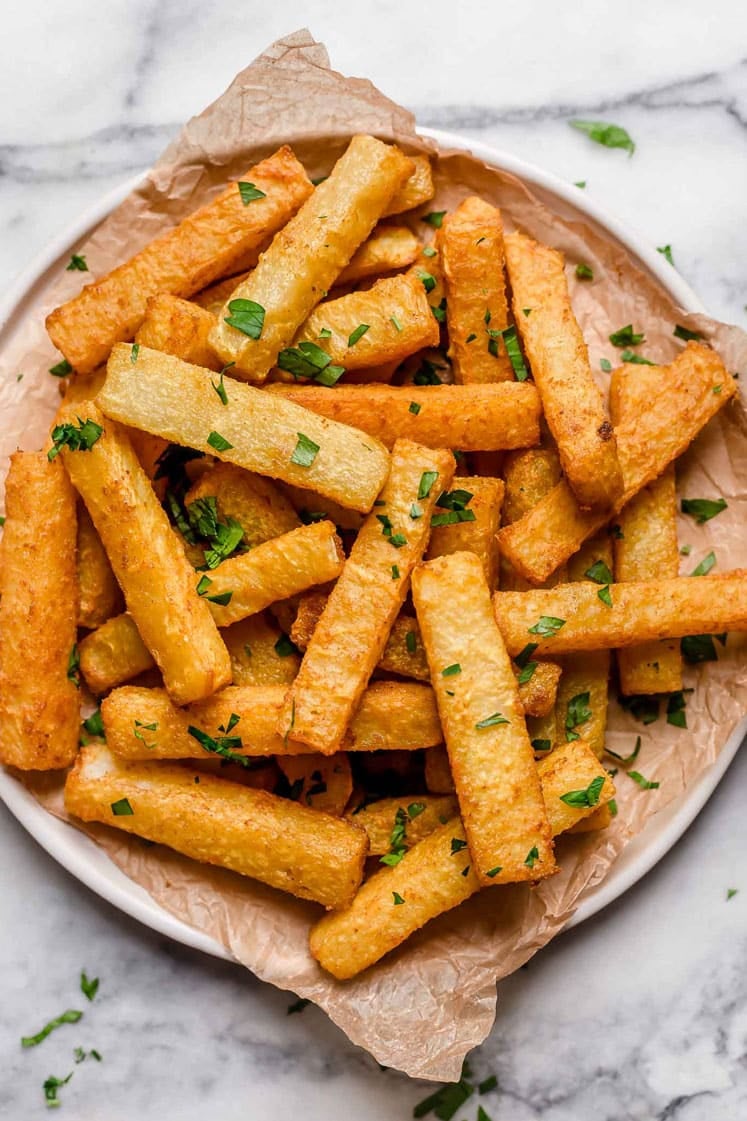
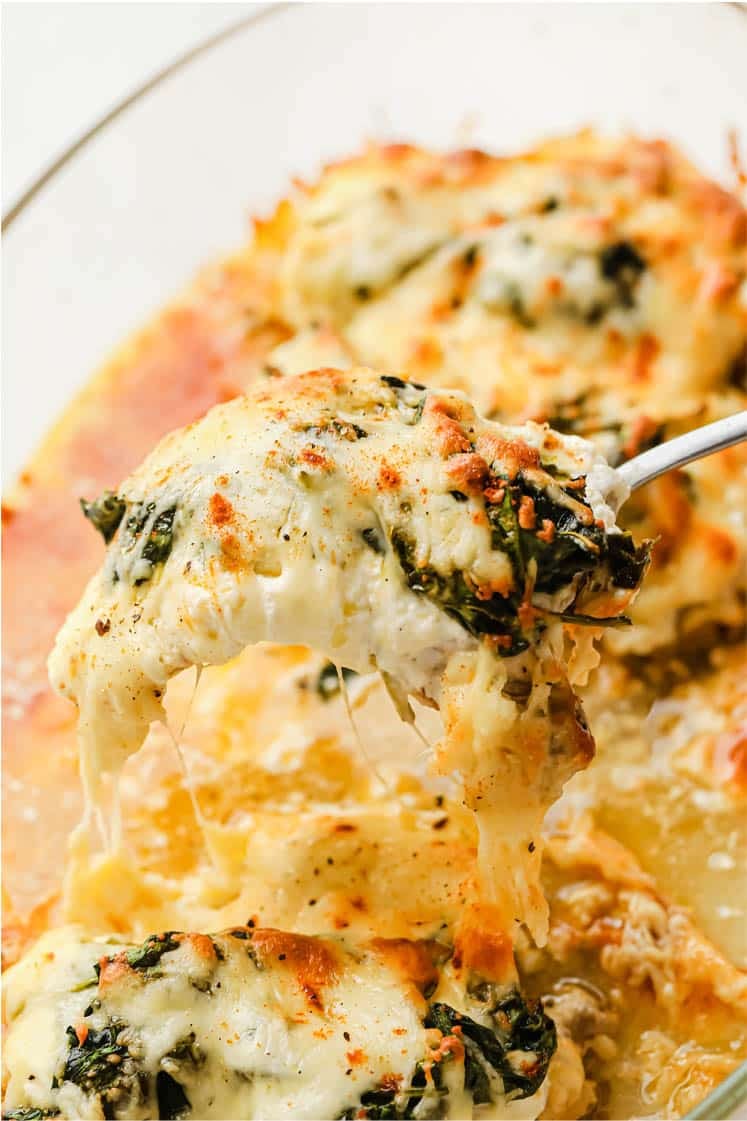
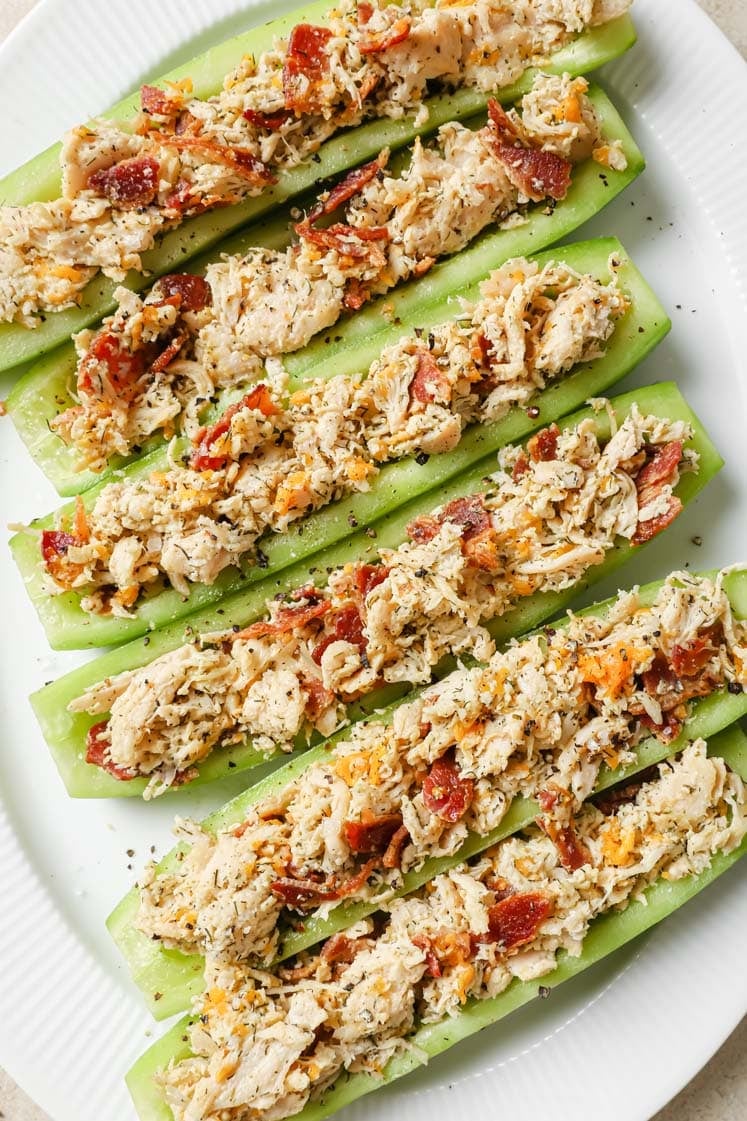
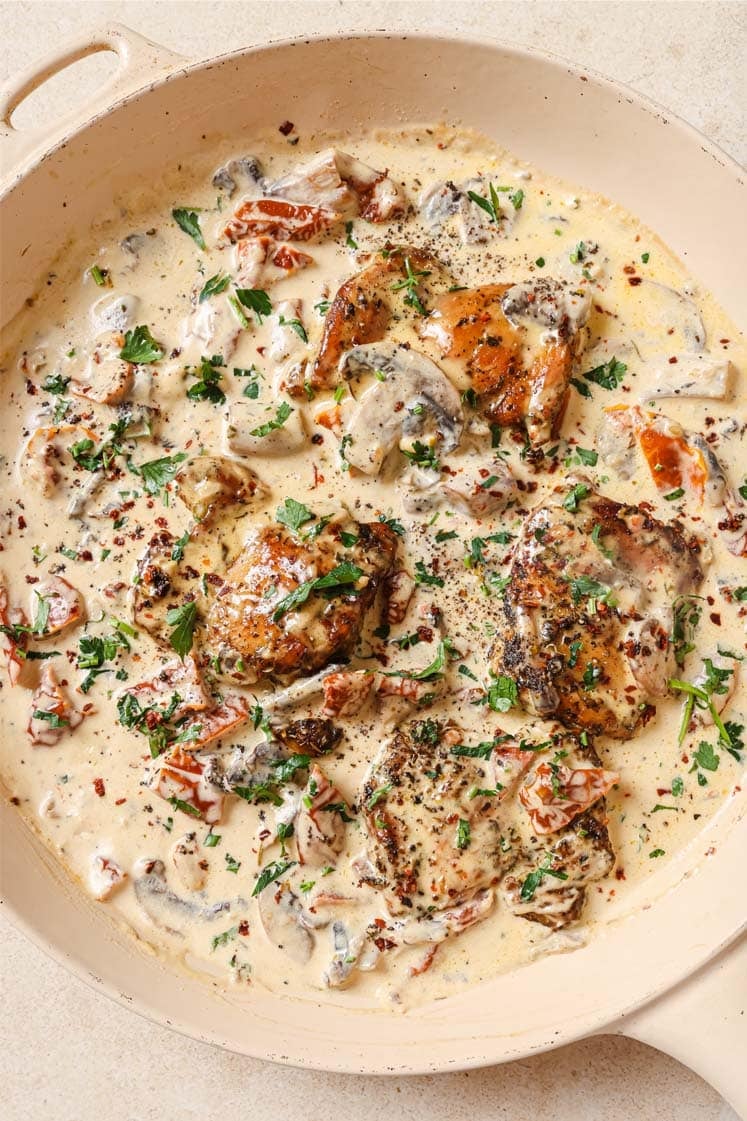
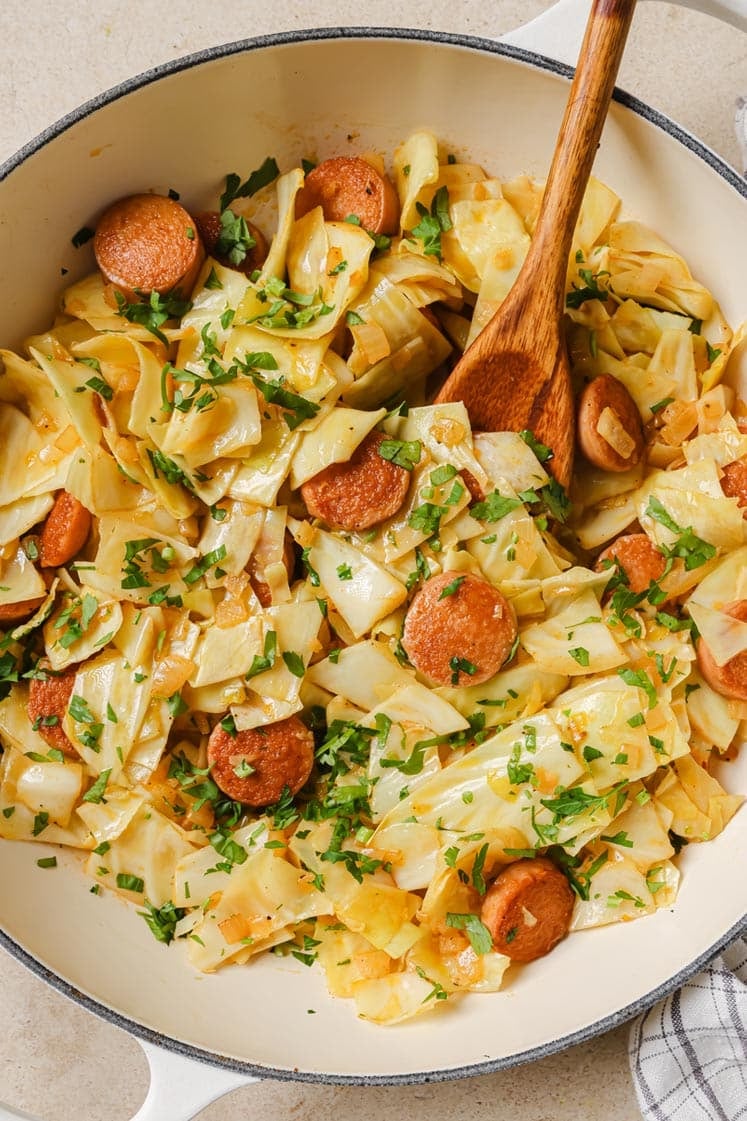
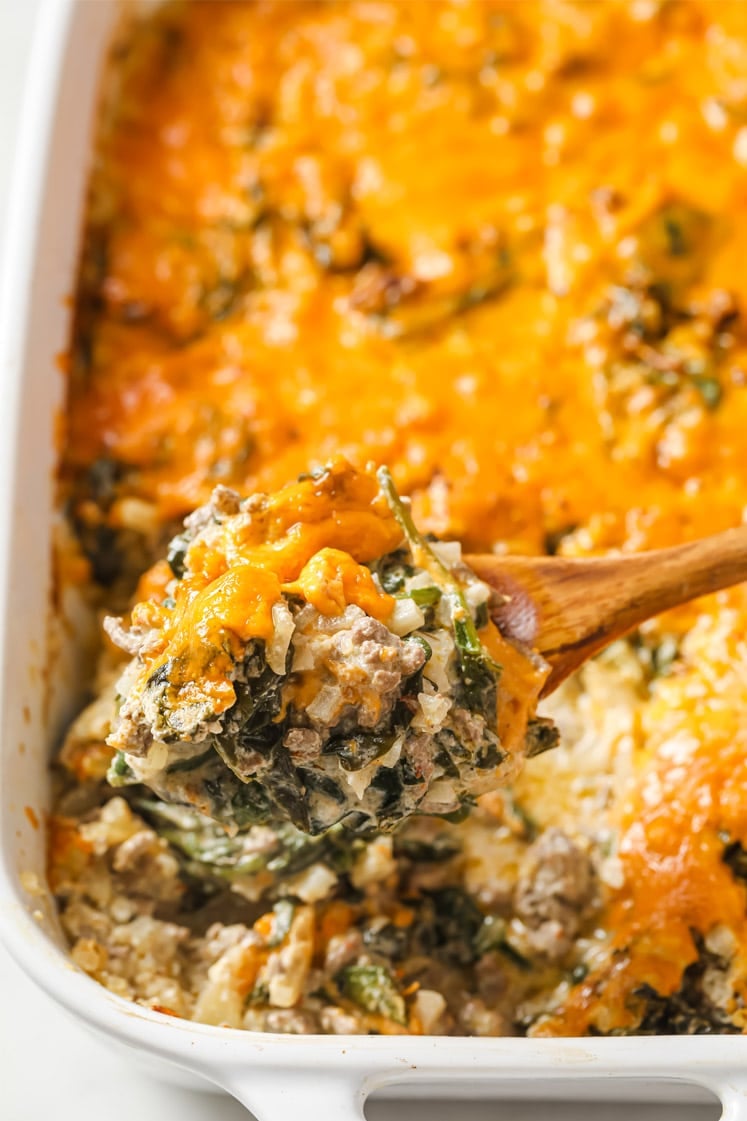

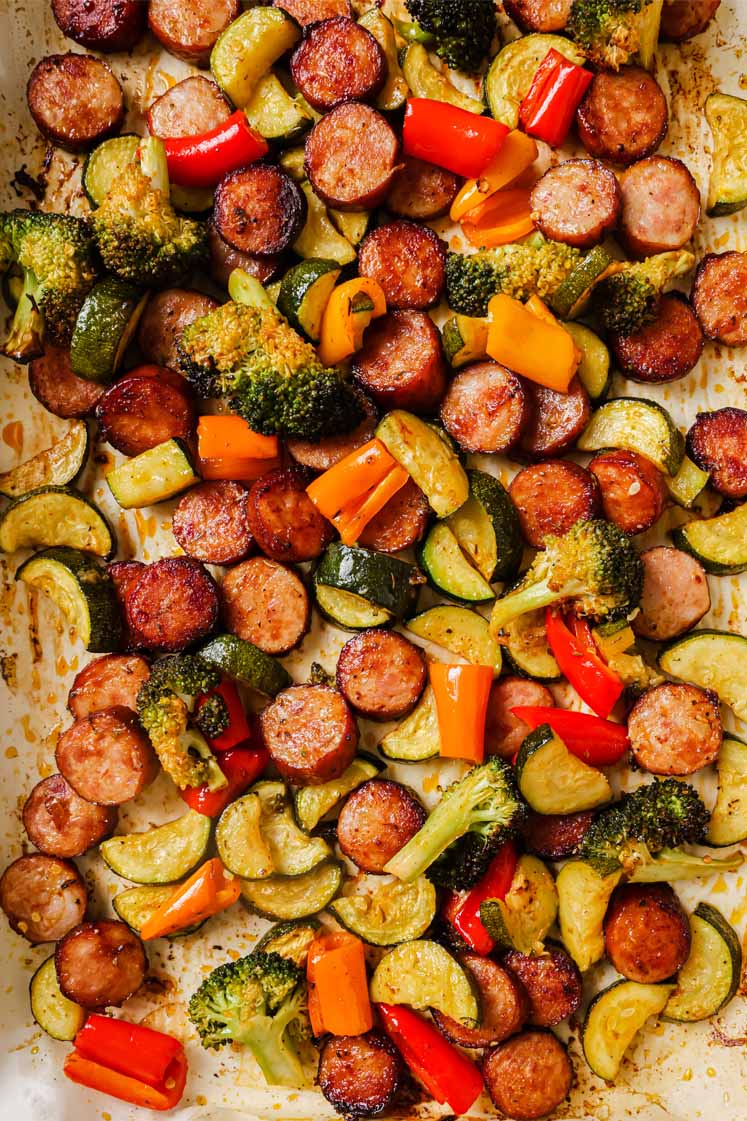
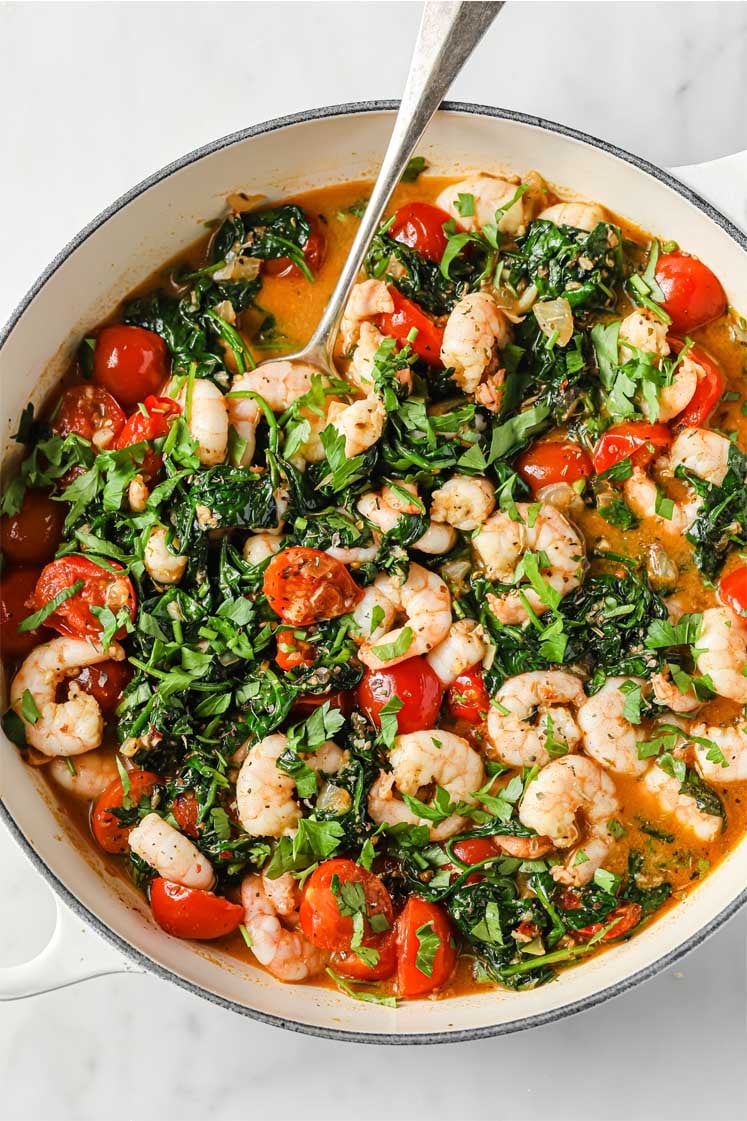
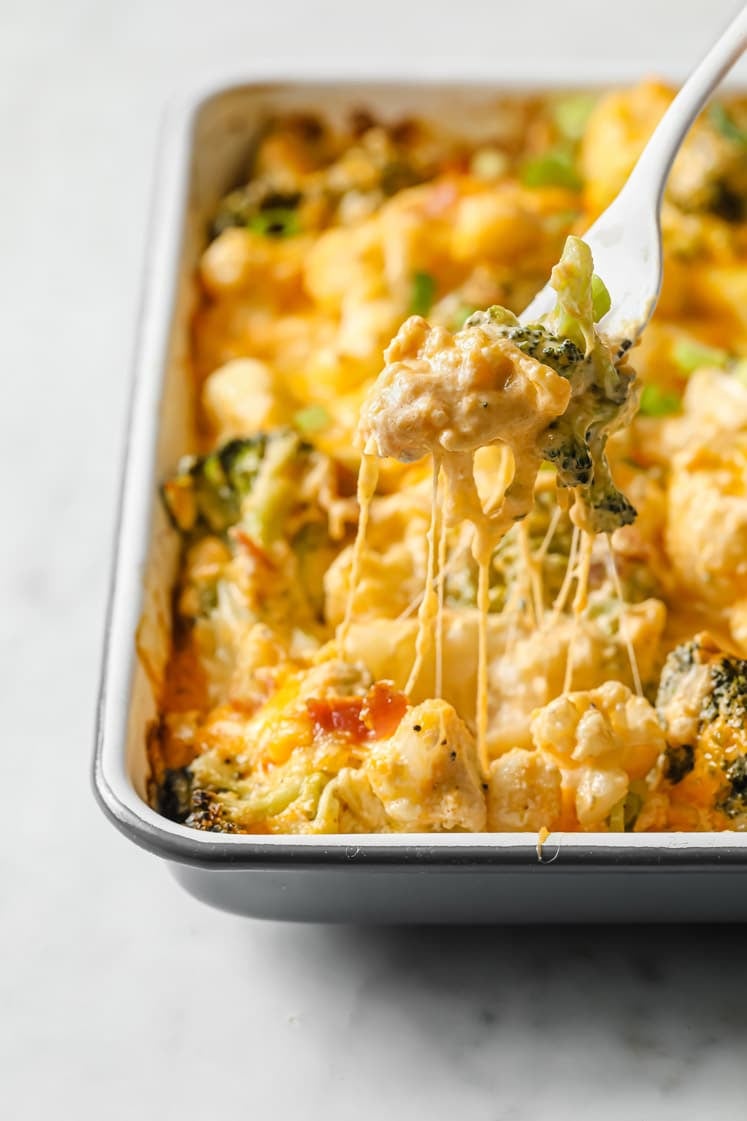
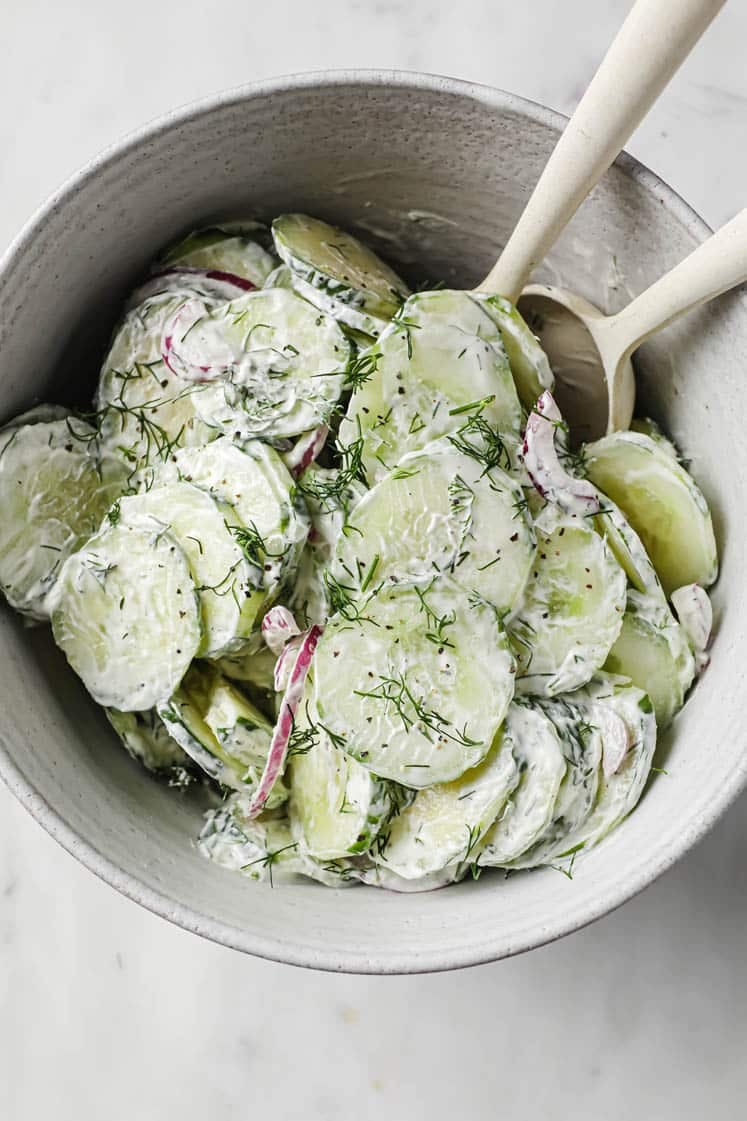









Leave a Reply